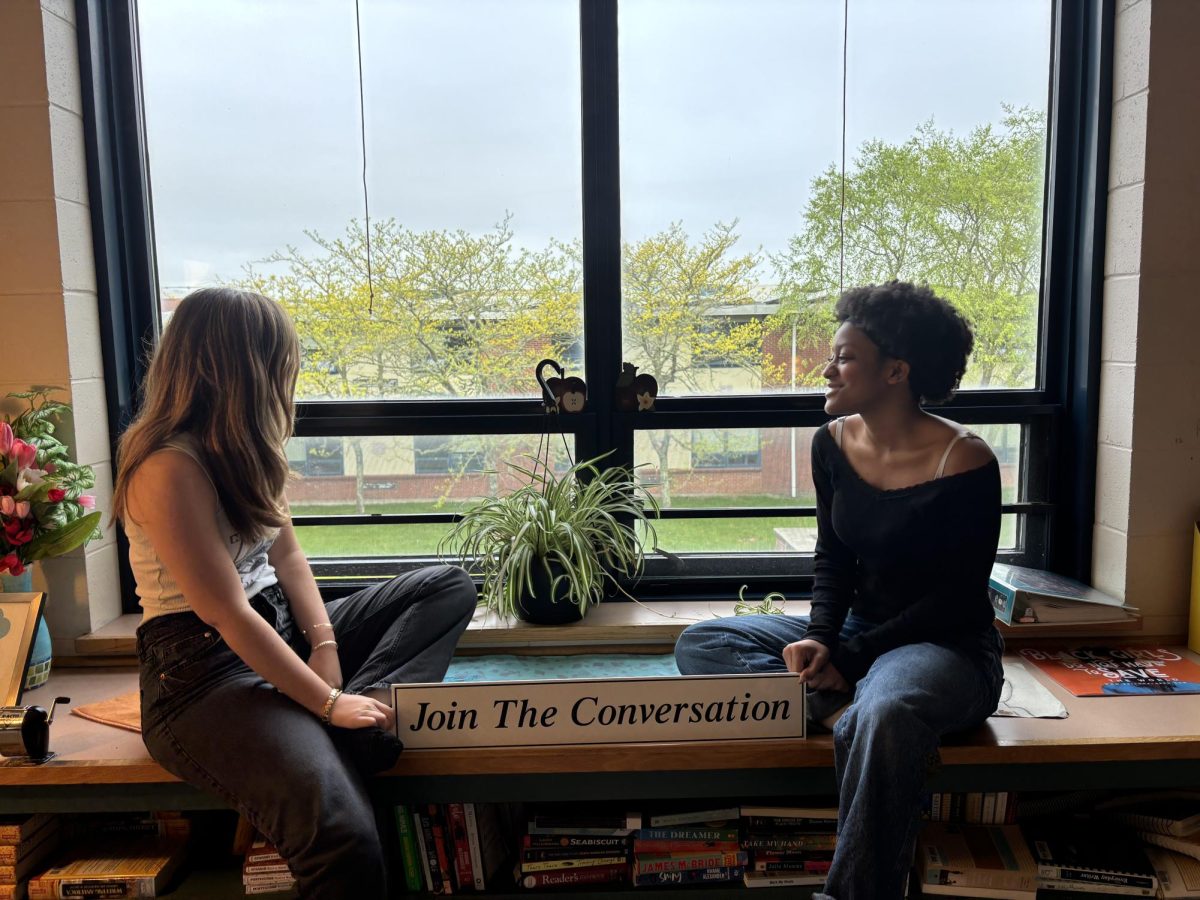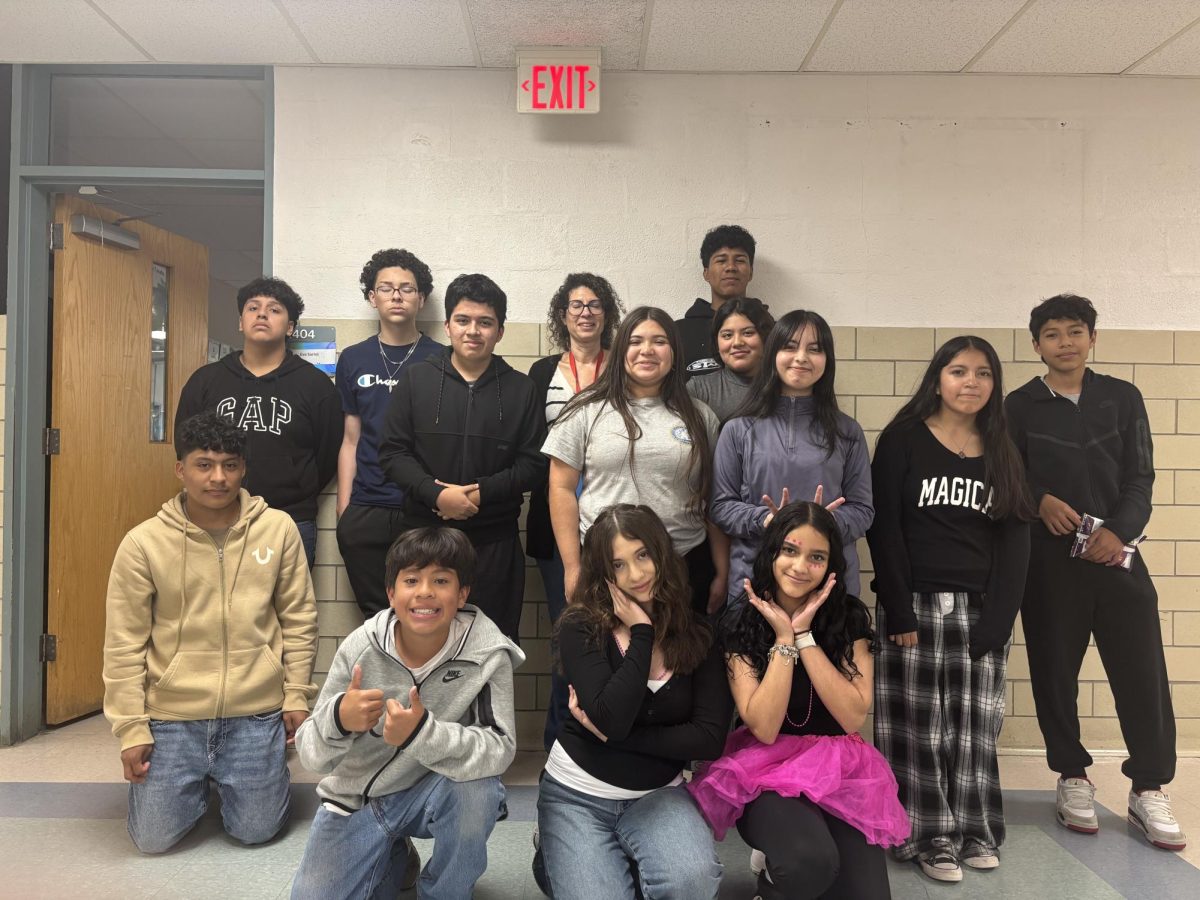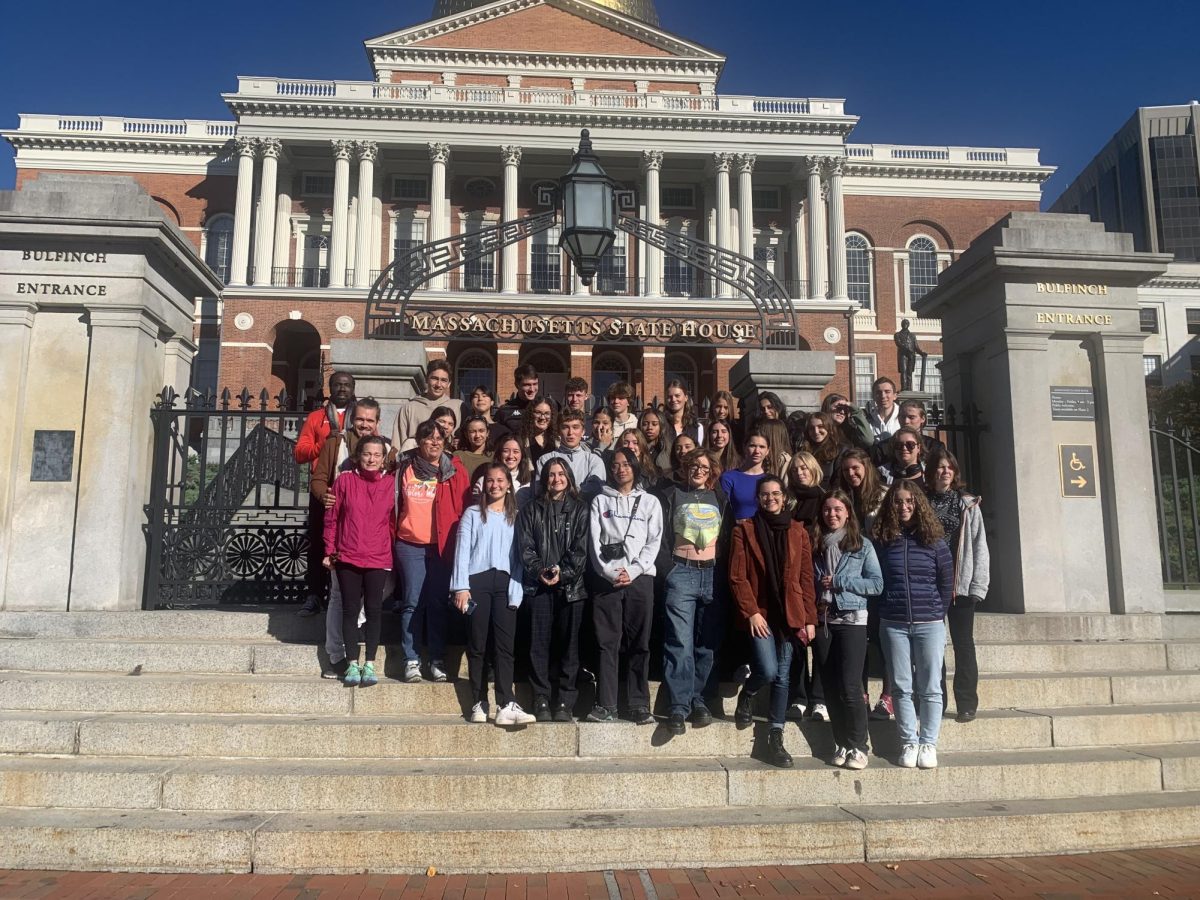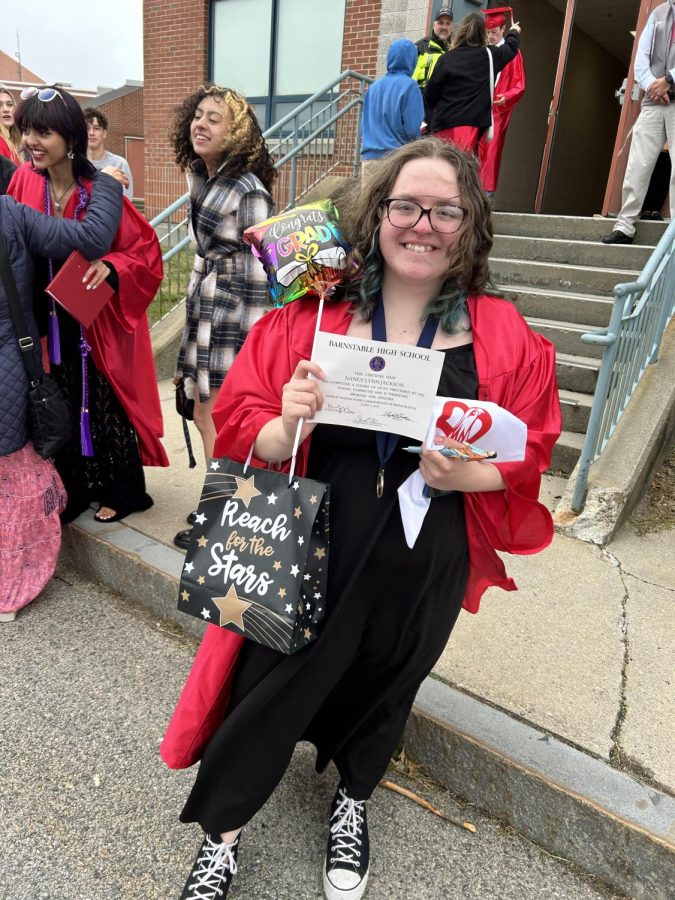It begins with stumbling over half-formed thoughts overflowing from your mouth that you can’t reign in. Or you may find yourself paralyzed by perfecting the appropriate curation of words. Either way, you’re on the outside of a conversation, peering in, waiting for your chance.
Nobody said joining the conversation was easy. Terry Szuplat, author of “Say it Well: Find Your Voice, Speak Your Mind, Inspire Any Audience” and former speechwriter for President Obama, expressed his own struggle with conversation. “I had spent almost 30 years writing speeches for other people, including President Obama,” Szuplat said, adding “I spent so much time trying to help other people find their voice that I lost my own.”
The first step is to abandon the script, the rehearsed monologue that has been playing in your head like a broken record. Think of conversation like jazz — it’s a delicate art of confidence and timing. It’s not a one-man show; there’s a saxophonist, pianist, and conductor, each playing their part. With each role, music is made, something beautiful and bigger than oneself, much like conversation.
Senior Paloma Savinon, has practiced public speaking and appealing to different audiences depending on her message. Savinon, who is also a student envoy to the Barnstable School Committee, said appealing to your audience is a key piece of having your message received.
“I keep the information the same but I change the level of complexity of my vocabulary so if I’m talking to seniors, I use my regular vocabulary, but I’m talking to third graders I’ll simplify my words while still keeping the main idea,” Savinion said.
Next, is to truly understand why you’re passionate about the conversation and why you want to be a part of it. Consider sharing your experiences and perspectives that brought you to this moment.
Szuplat, who grew up in Falmouth, said that this ability is what made Obama connect to his audiences regardless of the subject. “He had spent a lot of time thinking about himself and his own life and how he fit into his community and country.”
When joining a conversation, it’s important to understand that conforming to others’ ideas is a disservice. Conversation is an exchange of thoughts and experiences between two or more people. Disagreement or controversy doesn’t deem a conversation unsuccessful. The key is taking the right tone and tact. As humans, we often find ourselves shouting rather than hearing each other. Many conversations, especially political, center around the best rebuttals or comebacks rather than trying to truly comprehend someone’s message. Listening is just as vital as speaking. All communications involve pausing, time to receive and reflect.
Another step is to do your homework. Come prepared with a well-rounded perspective and understanding of differences in ideas that may present themselves. Maybe, memorize a few statistics or brush up by reading a few recent articles on the topic. Savinon, who is majoring in political science at Boston Collge this upcoming fall, advises coming prepared as she shares, “there is power in numbers, I gather data so I can report back accurate information that represents the student body.”
The last step is to begin. Ask questions and embrace curiosity. Whether the conversation is as simple as discussing a friend’s day or asking a teacher to further explain a concept, just start. The conversation is waiting for your unique voice, not scripted or perfect but, authentically yours.








